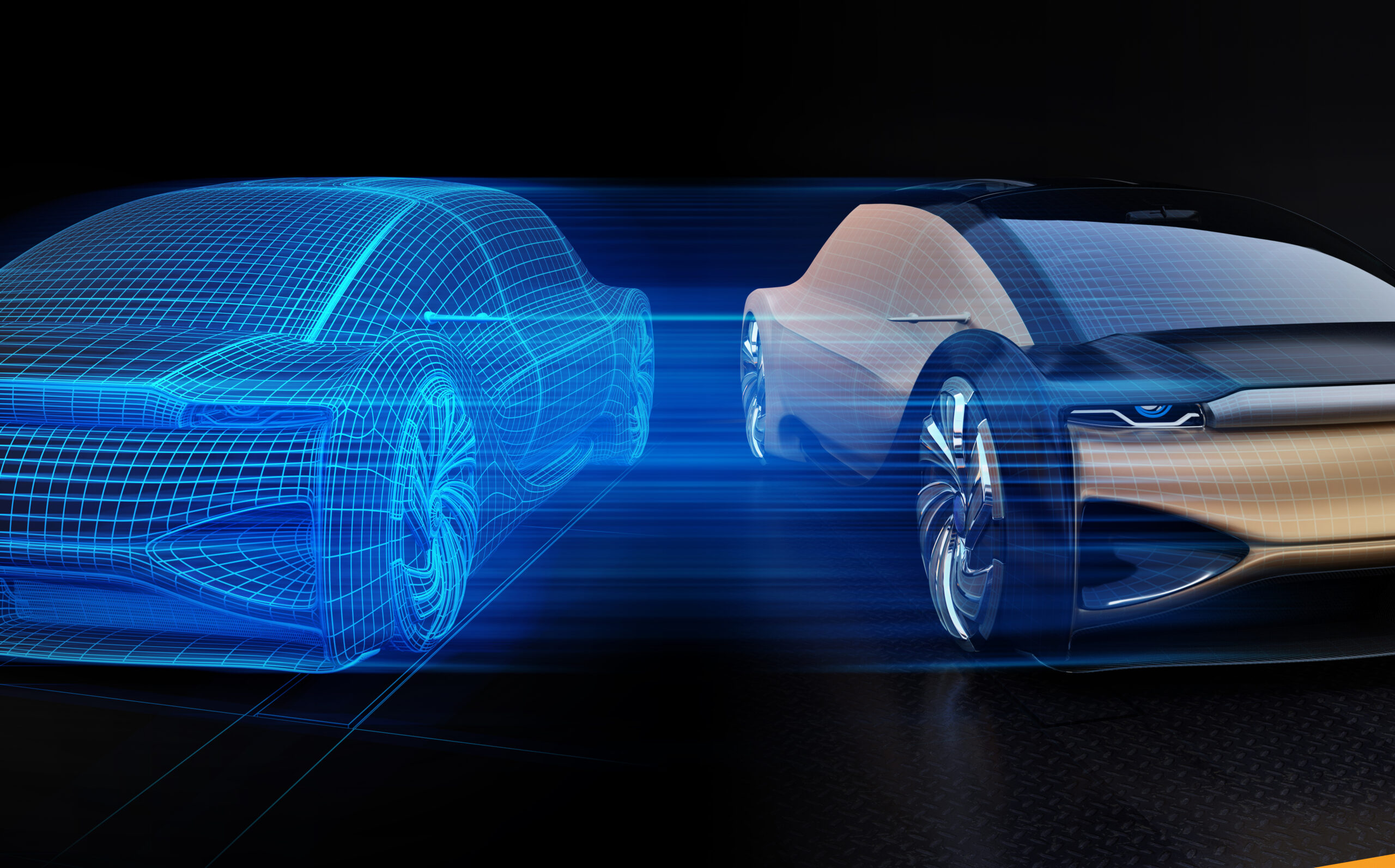Automakers are transitioning from ‘pressed metal’ manufacturers to sophisticated software and technology developers. And as digital technology becomes a key differentiator for automotive OEMs, Gartner’s top five automotive technology trends for 2022 predicts that software will become the key driver of growth and profitability.
According to Cubic Telecom CEO Barry Napier, the trend is already underway, from software-defined vehicle design to premium mobility services. “Everything is software related now, it’s all about code – and how you can get your innovations out there quicker,” says Napier.
As vehicle makers update their hardware to enable software updates, the automotive sector is pivoting into new service-driven revenue models and a lifecycle that extends far beyond the production line. “People will want customized features over the lifecycle of a vehicle,” says Napier. “They’ll buy a car and wish it had some premium feature – that could be software that’s downloaded onto the vehicle or enabled for localisation and personalisation. And that’s where the opportunity for car makers comes in, because it wasn’t there before.”
Software-defined, data-driven
The secret sauce for all this is data. Ultimately, the proliferation of connected mobility services will lead to a massive growth in data – and just like pure-play tech organisations, automakers will start seeing this data as a growth opportunity. As Napier says, in a world where the feature set at the beginning won’t be the same over the lifecycle of the vehicle, access to new datasets will drive the development of more compelling features, services and innovations. According to Gartner, by 2023, half of the top 10 automakers will offer capability upgrades and feature unlocks that can be purchased after the vehicle is sold. Predictive maintenance and alerting are set to become a key components of connected car technology.
The continuing expansion of giants like Amazon Web Services, Google and Alibaba into the vehicle technology space underlines the potential for vehicle-connected and premium mobility services. Gartner predicts that, by 2028, 70% of vehicles will run the Android operating system – up from less than 1% today. As Napier told a recent Reuters panel, the challenge for automakers is how to leverage that to deliver a localised solution that will see scale and drive demand for personalisation. “That’s where the great opportunity is for automotive now, because you own that space,” he said.

The future of software-defined vehicles
Cubic’s connectivity and analytics solutions help some of the world’s leading automotive, agriculture and transport brands to manage and deliver premium mobility services anywhere in the world – simply and effectively. Our Insights platform gives automakers and other OEMs the connected intelligence they need to innovate new mobility services, optimise customer experience, and deliver performance monitoring and alerts.
Learn more about how data and software-driven development are fuelling the next-generation of automotive development, check out our eBook on how to become a software-driven car manufacturer with an autonomous digital platform today.

